Introduction: The Evolution of the Campus Dining Hall
The American college cafeteria is in the middle of a serious glow-up. Gone are the days when the only options were sad salad bars, questionable “mystery meat,” and vats of overcooked pasta. Today’s universities are finally catching on to a simple truth: students are smart, diverse, and have higher expectations. They’re looking for food that is healthy, exciting, international, and can be customized to their specific needs.
As campus dining halls scramble to keep up with this new reality, one cuisine stands out as the perfect answer to almost every demand: Japanese food. With its core principles of nutritional balance, incredible versatility, and surprising efficiency, Japanese cuisine offers a compelling blueprint for the future of campus dining. It’s not just about adding a “theme night”—it’s about adopting a smarter food philosophy.
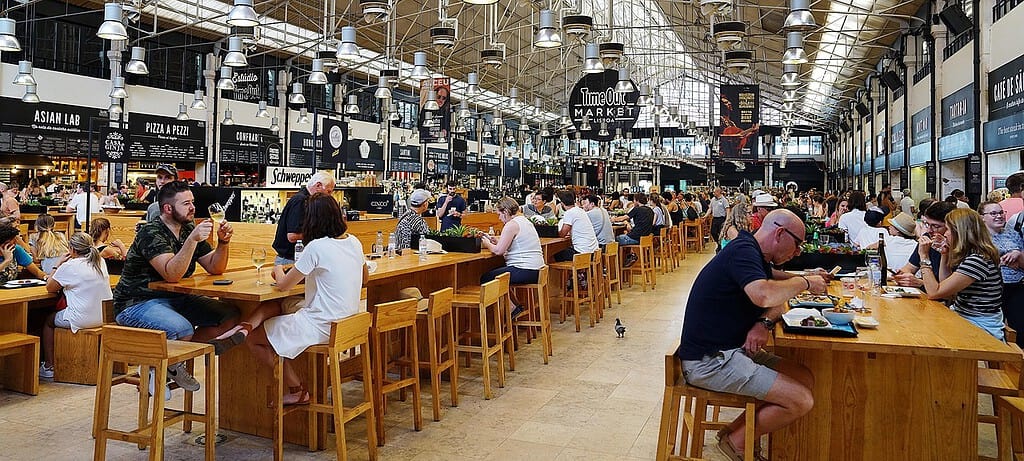
The Modern Student’s Palate: A Demand for Global, Healthy, and Authentic Flavors
Getting why Japanese food clicks with students means understanding who today’s students actually are. These kids grew up with food blogs everywhere, watching Anthony Bourdain marathons, scrolling through endless TikTok recipe videos. Food isn’t just calories to them—it’s culture, it’s self-care, it’s identity.
And here’s what’s changed: students get it now. They understand the connection between what goes on their plate and how they do in class or at practice. It’s not abstract anymore. So they’re hunting for meals that actually help them think clearly and feel better. Fresh ingredients are in. Processed junk is out.
That’s where Japanese cuisine comes in. The whole approach—fresh vegetables, quality fish and proteins, careful preparation—it lines up perfectly with what students want. You get food that tastes incredible and happens to be excellent for you. It’s not one or the other. Both things at once. That’s the appeal.
Pillar 1: The Foundation of Nutritional Balance for Peak Academic Performance
Beyond Calories: The Philosophy of Ichiju-Sansai

Japanese food is built around this idea called ichiju-sansai—”one soup, three dishes.” It’s not complicated, but it works. Instead of loading up on one thing, you get variety that actually makes sense together. Picture a cafeteria tray with grilled salmon, a bowl of rice, miso soup, and some pickled or steamed vegetables on the side.
This does more than just taste good. It gives students what their brains actually need. The omega-3s in fish? Those are linked to better memory and sharper thinking—pretty important when you’re cramming for an exam. Miso soup is fermented, and that supports gut health, which researchers are finding affects everything from mental clarity to how you handle stress.
When universities build meals this way, they’re not just feeding people. They’re setting students up to actually perform better. It’s intentional nutrition, not just whatever’s easy to grab between classes.
Fueling the Brain: How to Avoid the 2 p.m. Lecture Slump
Everyone knows that feeling—sitting in a lecture after lunch, eyelids getting heavy, professor’s voice turning into background noise. That’s the crash hitting.
Japanese meals avoid this completely. You’ve got quality protein, rice for complex carbs, vegetables for fiber. It all breaks down slowly, giving you steady energy instead of that quick spike and dive you get from a soda and fries. You can actually stay focused through back-to-back afternoon classes.
For student-athletes, this matters even more. They need sustained energy and proper nutrition for recovery. A balanced meal like this—protein, carbs, vegetables—hits exactly what their bodies need after practice or a game. It’s not about eating more, it’s about eating smarter. And when you’re trying to perform academically and athletically, that difference shows up fast.
Pillar 2: Unparalleled Versatility and Customization for a Diverse Student Body
The Power of the Bowl: A Canvas for Personalization

If there’s one thing today’s students value, it’s having choices. This is where Japanese cuisine really shines in a cafeteria setting. The concept of the rice bowl (donburi) or noodle bowl is the ultimate platform for customization. Imagine a “Build-Your-Own-Bowl” station that would instantly become the most popular spot on campus.
- The Base: Students could start with a choice of fluffy white rice, nutritious brown rice, or even a modern quinoa blend.
- The Protein: The options could cater to every preference, from savory simmered beef (gyuudon) and crispy chicken katsu to grilled tofu steaks for vegetarians or even shrimp tempura.
- The Toppings: Here’s where the fun really starts. A colorful bar of fresh and cooked vegetables, pickles, and sauces would let students finish their creation. Think steamed broccoli, shredded carrots, edamame, spicy kimchi, pickled ginger, and a final drizzle of teriyaki or sriracha mayo.
This model doesn’t just cater to tastes; it empowers students to take control of their nutrition, which leads to higher satisfaction and less food waste.
Naturally Catering to Every Dietary Need
College campuses are a melting pot of dietary needs, from vegan and vegetarian to gluten-free and dairy-free. Japanese cuisine handles these requirements with incredible ease. Tofu is a cornerstone of the cuisine, making it simple to offer delicious plant-based proteins. Vegetable tempura, seaweed salads, and edamame are other fantastic vegan options that are already part of the culinary tradition. Since many dishes are naturally rice-based, catering to gluten-free students is also straightforward. By simply offering tamari (a gluten-free soy sauce alternative), a huge portion of the menu becomes accessible, opening up a world of flavor that is often off-limits in other dining concepts.
Pillar 3: Streamlined Efficiency for High-Volume, Fast-Paced Environments

Designing for Speed: Batch Cooking and Grab-and-Go
Let’s be practical: a college cafeteria has to serve thousands of hungry, time-crunched students every day. Efficiency is non-negotiable. Many beloved Japanese dishes are perfectly designed for this reality. A huge, fragrant pot of Japanese curry can be made in advance and served in seconds over rice, feeding hundreds of students in an hour. The same goes for the flavorful broths for a ramen or udon noodle station.
Beyond the hot food line, Japanese cuisine is the king of “grab-and-go.” For the student with only ten minutes to get from their dorm to class, quick options are everything.
- Onigiri (Rice Balls): These can be pre-made with dozens of different fillings, offering a convenient, handheld, and surprisingly substantial snack or light meal.
- Bento Boxes: The bento is the original well-balanced, portable meal. A cafeteria can pre-pack bento boxes with rice, a protein, a vegetable, and a pickle, offering a complete, healthy meal that requires zero waiting.
A Gateway to Cultural Education and Academic Inquiry
Bringing a real Japanese food program to campus does more than fill stomachs; it expands minds. A cafeteria can become a place of daily cultural discovery. This exposure can spark real academic curiosity. A student enjoying a bowl of udon might be inspired to write a paper on the cultural significance of noodles in East Asia for their anthropology class. When you’re tasked with exploring a deep topic like global food culture for a major essay, you want to present your ideas with intelligence and insight. For students looking to transform their interesting ideas into powerful academic arguments, professional writing services that can write my paper offer valuable support. Their expertise can help you structure a compelling paper and deliver a high-quality piece of work that shows you’re truly engaged with the material.
Conclusion: A Vision for the Future
Japanese cuisine isn’t just another option for the weekly menu rotation; it’s a comprehensive and forward-thinking solution for campus dining. It is a food system that is naturally nutritious, endlessly customizable, built for speed, and culturally enriching. By embracing the principles of Japanese cooking, universities can create a dining program that doesn’t just feed students, but actively supports their academic performance, their physical health, and their intellectual curiosity. It’s a vision for a future where the campus cafeteria is a celebrated and vital part of the university’s promise of a world-class student experience.
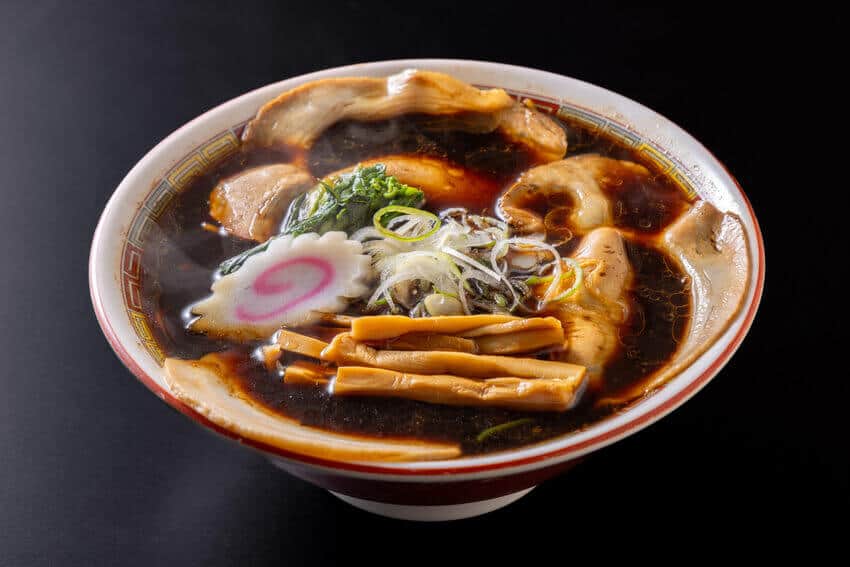
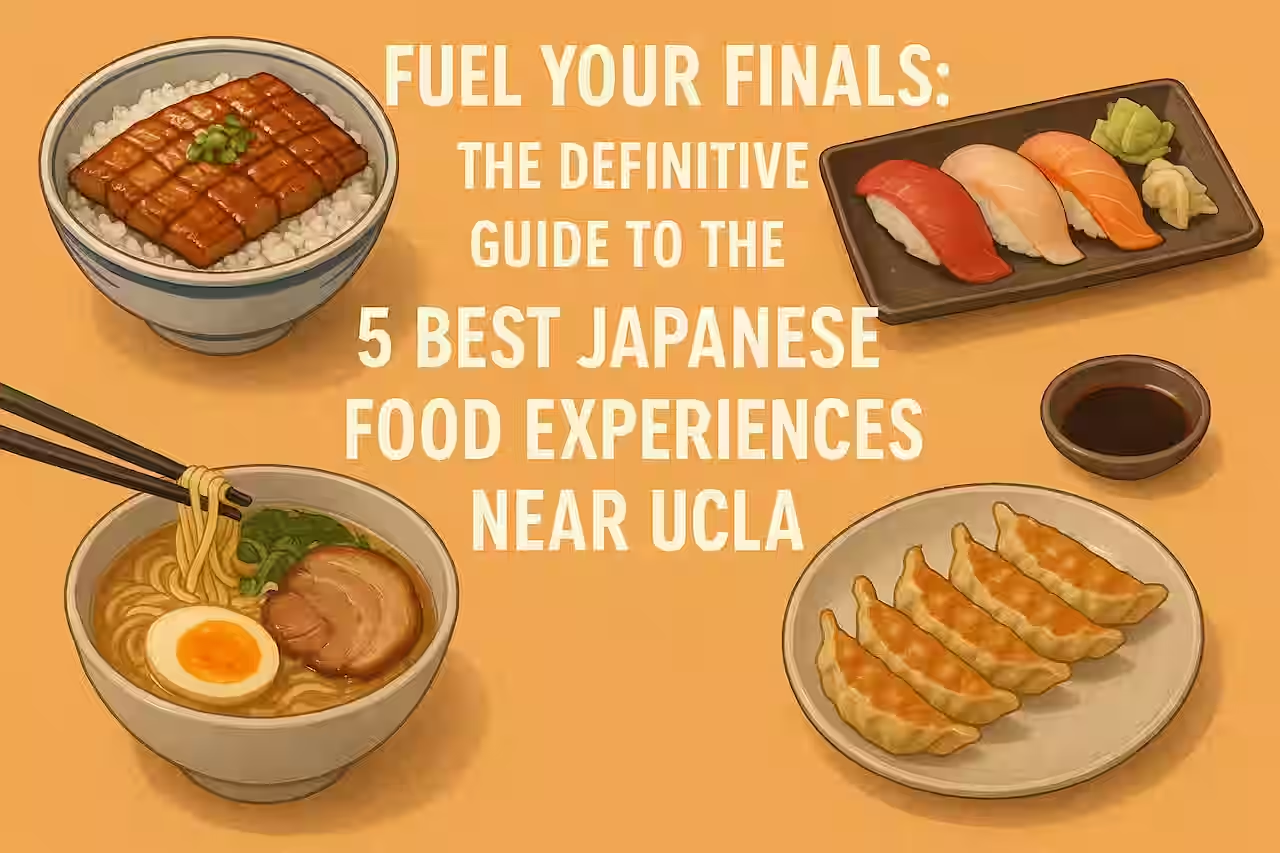

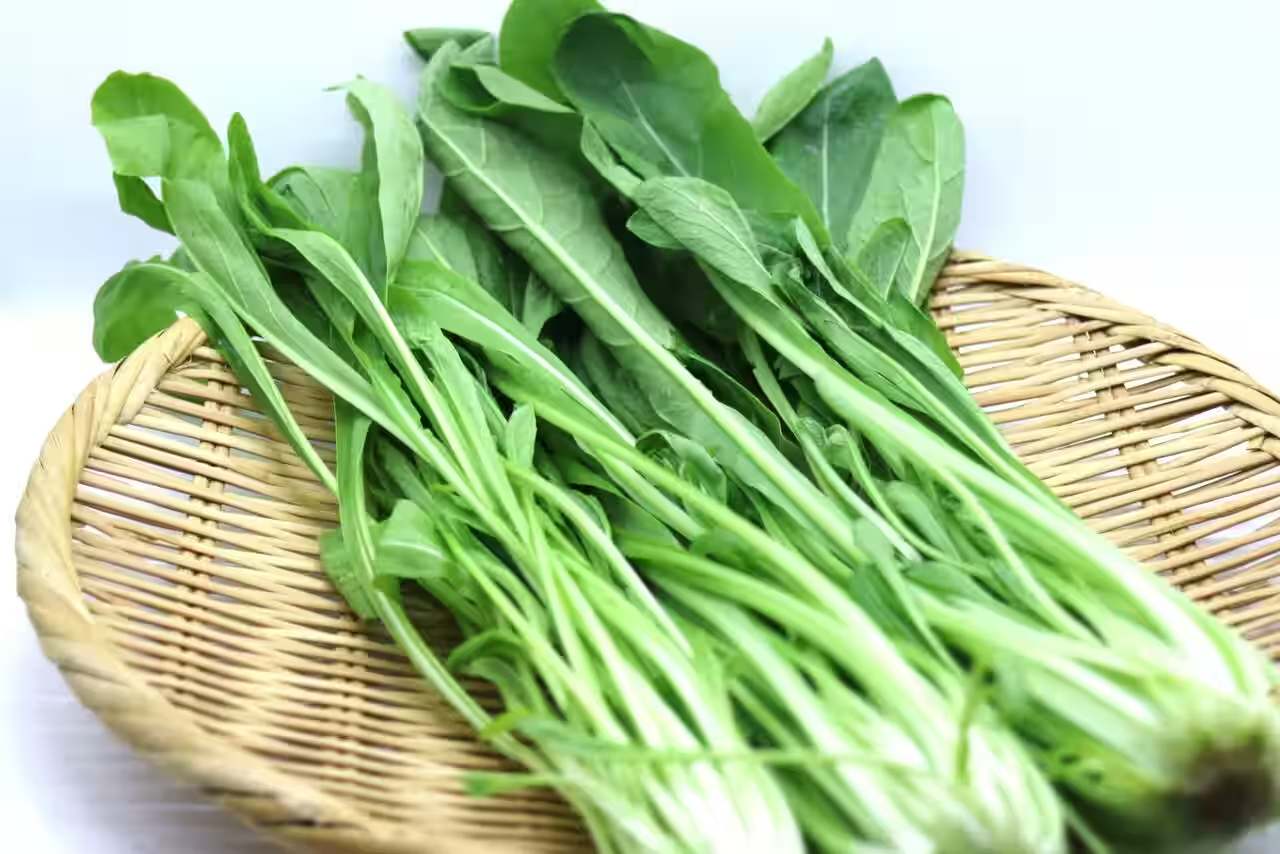
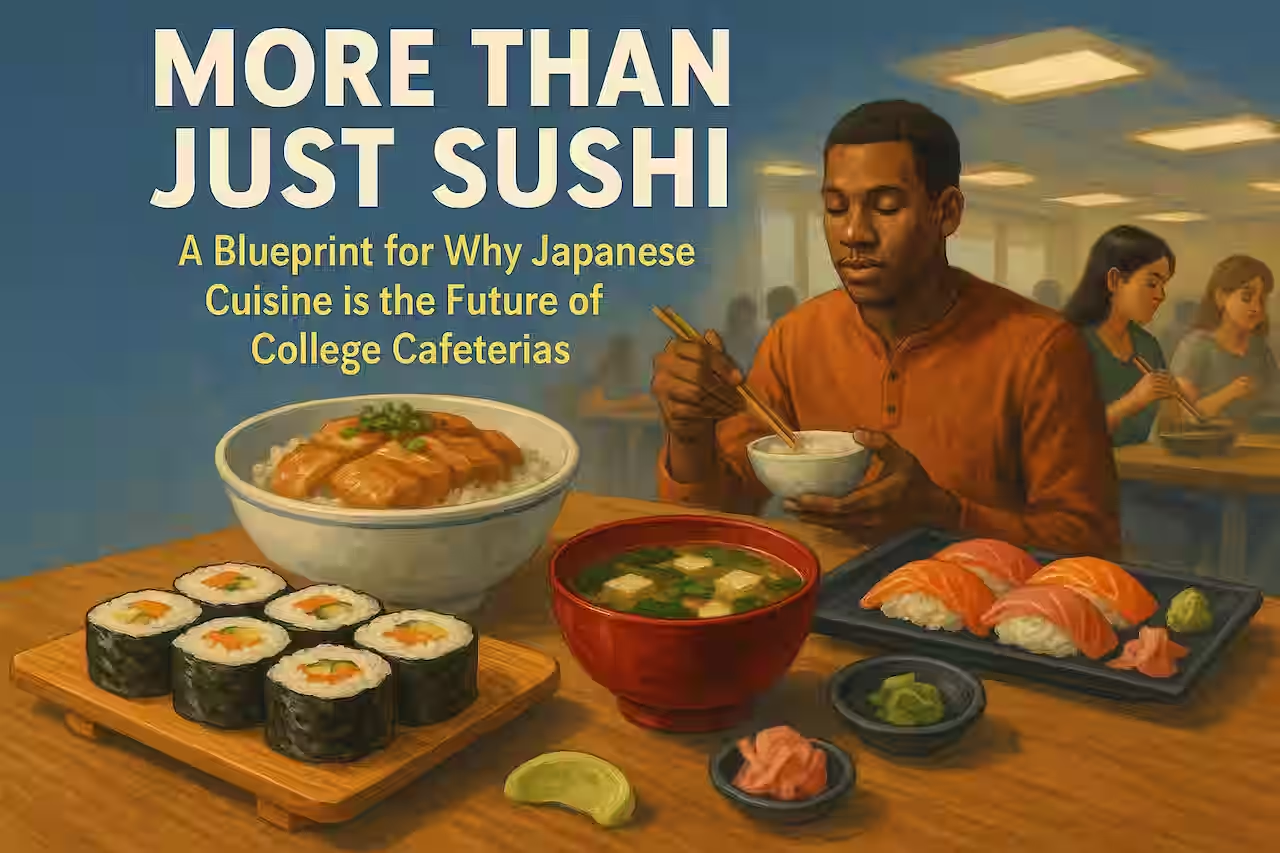

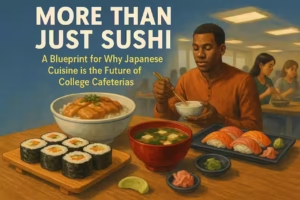
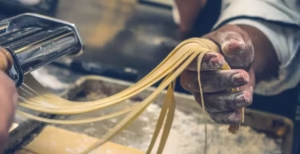
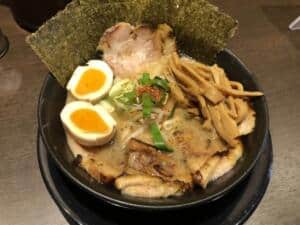


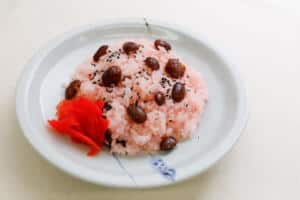



Comments